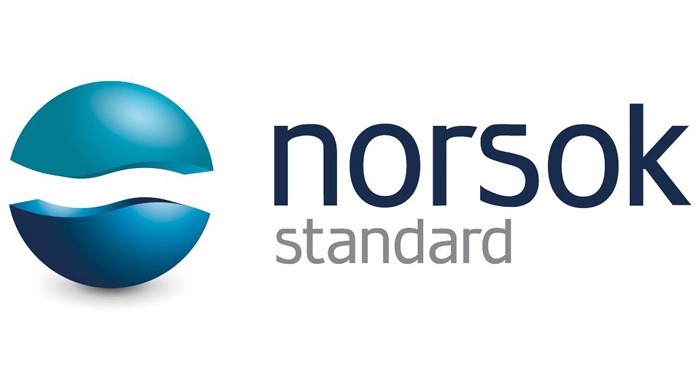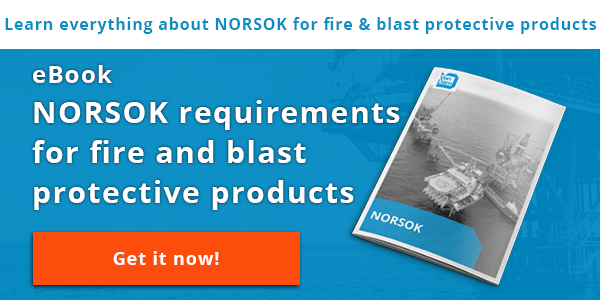
Standards create frameworks to facilitate (international) trade, ensure safety, enhance product quality and increase and maintain consumer confidence. They are made by field experts and professionals and cover a wide range of regulations concerning the construction of products, managing processes, testing requirements, health and safety requirements, and many more.
The NORSOK standards are (inter)national Norwegian standards whose objective is “to support international standardisation work with Norwegian knowledge in order to improve international standards and reduce the need for NORSOK standards”. It is developed and published by Standards Norway with the support of the Norwegian Oil Industry Association (OLF) and the Federation of Norwegian Manufacturing Industries (TBL).
The NORSOK standards
NORSOK officially stands for “Norsk Sokkels Konkurranseposisjon” which means the Norwegian shelf’s competitive position and became effective in 1994. Back then, there was a need for more rules and regulations that was not met by already existing standards.
Today, NORSOK, ISO, IMO FTP code and SOLAS 74 standards form the basis of the overall regulations for the on- and offshore oil & gas industry. The standards describe in detail how to achieve the safest and most cost-effective goals in design, engineering, manufacturing and many more other aspects regarding structures in the oil & gas industry.
C-002 Architectural components and equipment
Currently, there are 79 national NORSOK standards in active use, one of which is C-002 Architectural components and equipment. This standard is significant for the fire and blast protective products industry in which the minimum functional requirements for design and construction of architectural components and equipment are outlined in great detail. Doors, wall systems and windows are designed and manufactured according to the rules and regulations within this standard. Some NORSOK requirements for doors, walls and windows encompass the following:

These are just a few of the many important requirements for architectural components on offshore and onshore oil & gas structures.
Conclusion
Although NORSOK is a Norwegian standard, it is applied to structures in many regions around the world. NORSOK standards are among the most accepted and proved standards in international use. Together with the standards of ISO, IMO FTP code and SOLAS 74, NORSOK standards form the basis for regulations regarding fire and blast protective products. NORSOK standards are applicable for doors, wall systems and windows.
Learn more about the NORSOK standards for fire and blast protective products in our eBook:







